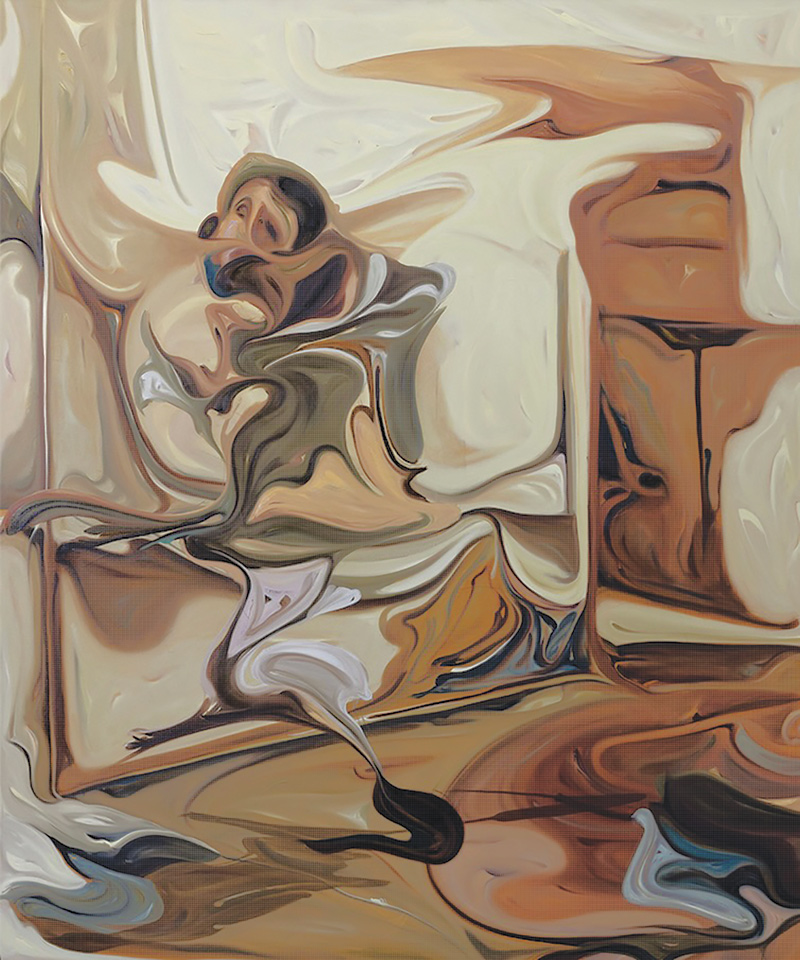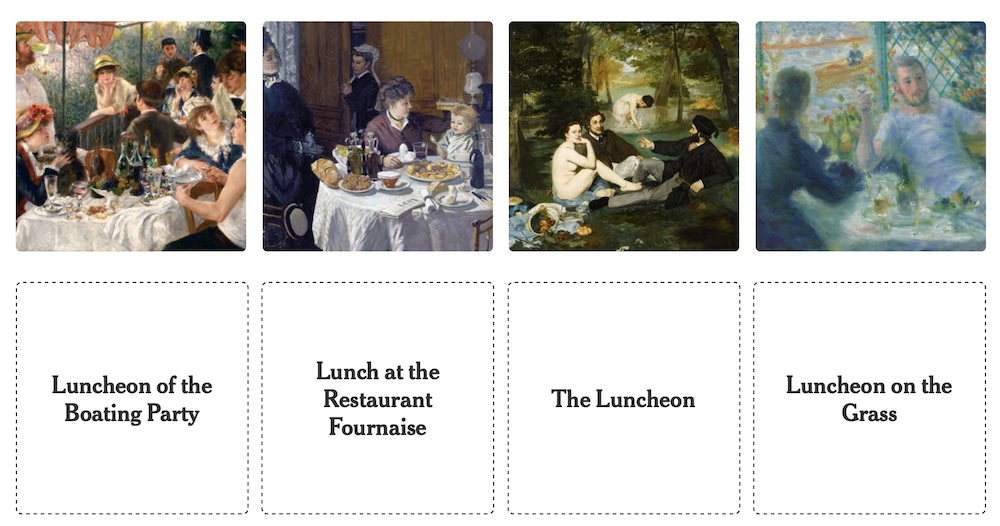Renee Robbins: Revealing Colorful Worlds

By Franck Mercurio
The best art engages viewers on multiple levels—emotional, intellectual, and spiritual—and the art of Renee Robbins does just that. Her colorful, faceted forms, inspired by nature, capture our imagination while prompting us to care about the environment and our own relationships with the natural world.

A selection of Robbins' paintings, prints, and multimedia works is currently on view in Hidden Worlds, a solo exhibition at the Peggy Notebaert Nature Museum (now open through October 20). The show features five of the artist's recent series, showcasing her creative range: Sea Change, Wunderkammer, Biota, The Love Letter Etchings, and Galactic Lagoons.

Robbins' work explores scale in particular, referencing everything from sub-atomic particles to cosmic bodies, often within the same piece. These visions of nature constitute the artist's "hidden worlds"—some too small to see without a microscope—others so vast and distant that only a telescope can reveal them.
This contrast of scale and form sparks curiosity in viewers. Why are certain forms repeated in nature? What are the connections between those structures? This questioning is akin to a scientific observer exploring a query in pursuit of knowledge.
In this way, Robbins' art inspires wonder about the natural world, but also subtly informs viewers about environmental issues. In her Biotaseries, the artist investigates the flora and fauna of a distinct region, often through multiple views within a single painting. In addition to inspiring appreciation for the shear diversity of life within a given habitat, the Biota series also examines the ecology of those life forms—how they relate to one another and their natural environment.

Similarly, in her series Galactic Lagoons, Robbins examines the interconnectedness of natural forms in unconventional ways, while subtly communicating messages about conservation. In the artist’s own words, this series “brings together aquatic and celestial spaces to explore natural wonder.” These paintings reflect Renee's fascination with aquatic life—but also suggest the importance of water as the giver of life. As such, Galactic Lagoons carries a universal conservation message: the importance of clean water for our own survival and the survival of the planet.
Only a few blocks east of the Peggy Notebaert Nature Museum, Robbins' themes of water and hidden worlds play out in a big way. In her mural project Kaleidoscope of Hidden Worlds (2017), the artist imagines what lies hidden underneath the surface of Lake Michigan: the Morgan Shoal, reefs (past, present, and future) and the biodiversity of the lake. Located underneath Lake Shore Drive inside the Fullerton Avenue underpass, the murals’ imagery moves from small scale to large scale as pedestrians walk west to east towards Lake Michigan. In Robbins' own words, the murals “consider the complex relationships between humans, nature, and the cosmos." Many of the forms that Robbins creates in her paintings—microscopic images, molecular diagrams, cellular structures, and camouflage systems—appear at a much larger scale in the murals. To envision the “hidden” biodiversity of the lake allows us to better appreciate it—and then, hopefully, to act to conserve it.

Where is the human presence in Renee's work? Sometimes it shines through in very conspicuous ways, such as the WWI camouflage patterns that populate paintings such as Sanctuary (2017). But the human presence is also suggested in the way the artist mixes different natural forms from different sources; perhaps something that only a human observer might do.
But even the simple act of making images inspired by nature suggests that humans are actually a part of nature and not separate from it. Sometimes, it takes an artist to reinforce such a basic—yet vital—message.
Hidden Worlds, Paintings and Etchings by Renee Robbins
Peggy Notebaert Nature Museum
Thru Oct 20, 2018
Related events:
Artist walk and talk: Sunday, October 14, 2-3:30pm (talk starts at 2:30)
Image at top of page: Sanctuary, 2017
For more info visit the Nature Museum website and Renee Robbins' website
SaveSave






